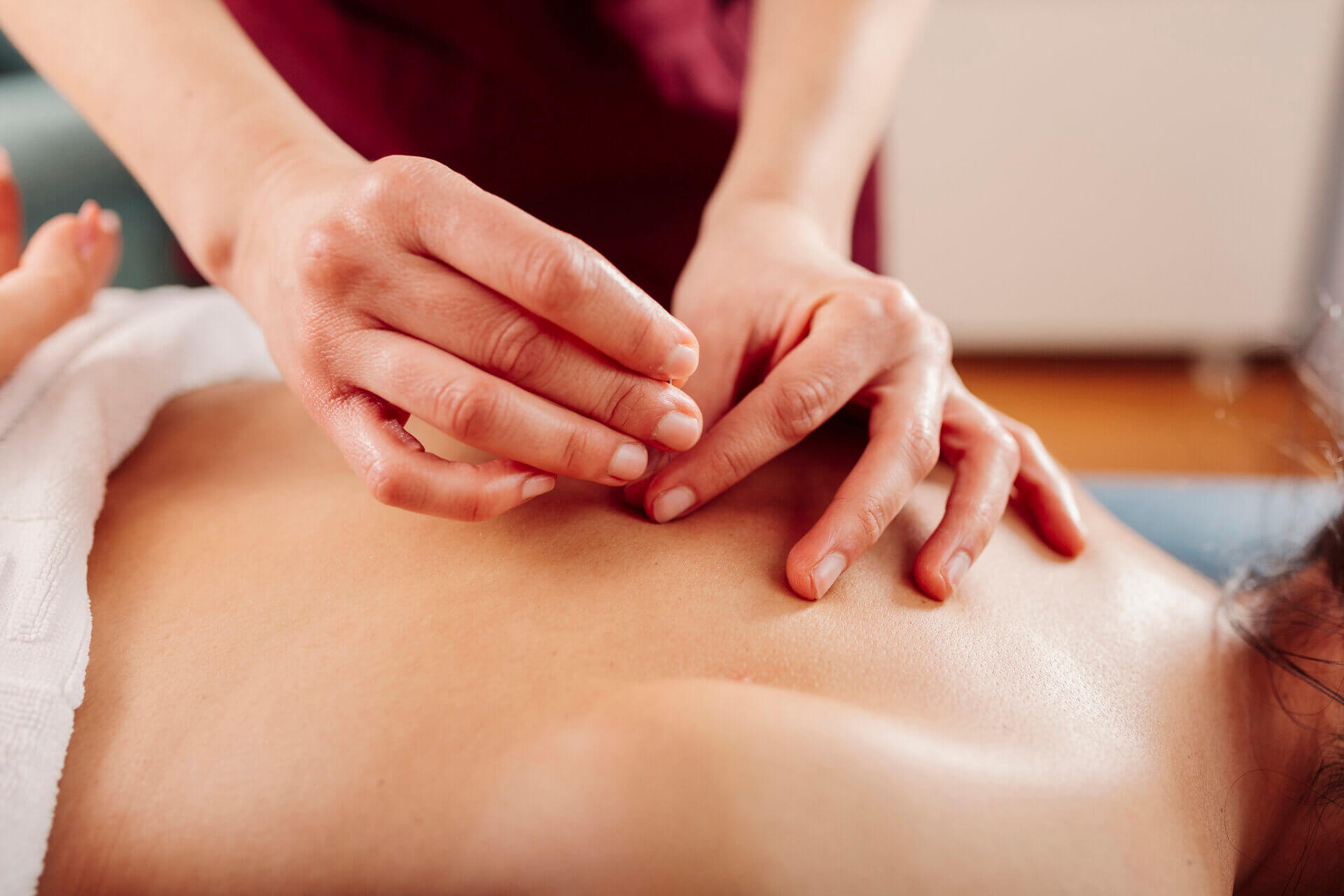What is dry needling?
Dry needling is a specialised therapeutic technique that involves the insertion of thin, microfilament needles into specific trigger points or tight knots in muscles and connective tissues.
Unlike other more traditional forms of acupuncture, dry needling is an evidence-based, western medicine accepted technique.
The primary goal of dry needling is to target and release muscle tension, stimulate natural healing responses, improve blood flow, and alleviate pain.
How does dry needling work?
When the needles are inserted into trigger points or tight muscles, they elicit a series of physiological responses.
These responses include improved blood circulation to the area, activation of the body’s natural pain-relieving mechanisms through the release of endorphins, and stimulation of the body’s healing processes.
The insertion of needles into specific points prompts the body to release growth factors, increase collagen production, and promote tissue repair, ultimately leading to reduced pain and improved function.
Does dry needling hurt?
One common concern about dry needling is whether it is painful.
While individual experiences may vary, most people describe dry needling as a relatively low discomfort procedure.
The insertion of the needles may cause a brief sensation, often described as a mild ache or a muscle twitch.
However, the discomfort is typically temporary and outweighed by the potential benefits of pain relief and improved mobility.
Our skilled physios take great care to ensure patient comfort during the procedure, and we will happy follow your requests if you decide the treatment isn’t comfortable for you.
What conditions are dry needling good for?
Dry needling has shown effectiveness in managing a variety of musculoskeletal conditions. It can be beneficial for individuals experiencing:
- Acute or chronic neck and lower back pain
- Shoulder pain, including rotator cuff related pain
- Overuse related knee pain
- Headaches and migraines
- Lower limb tendinopathy (e.g. Achilles tendinopathy)
- Fibromyalgia
- Temporomandibular joint disorders (TMJ)
By targeting specific trigger points and tight muscles associated with these conditions, dry needling can help reduce pain, release tension, and restore normal function.
Your physio at Northern Sports Physiotherapy Clinic will conduct a thorough physical assessment of you prior to treatment to determine which muscles would be most effective to target with this therapy.
What are the risks of dry needling?
While dry needling is generally considered safe, it does carry some risks. The most common risks include:
- Temporary soreness
- Bruising at the needle insertion sites
In rare cases, there may be the possibility of:
- Infection
- Nerve injury
- Organ puncture
To mitigate risks, we ensure that all our physios are Northern Sports Physiotherapy Clinic have undergone formal continuing education to learn and perfect this technique and avoid any adverse outcomes.
What is the difference between dry needling and acupuncture?
Dry needling and acupuncture differ in their philosophies and techniques.
Dry needling focuses on western medicine principles, targeting specific trigger points and tight muscles for pain relief and healing.
In contrast, acupuncture is rooted in traditional Chinese medicine, aiming to balance the body’s energy flow through the stimulation of specific points along meridians.
While they often look similar, and patients may derive benefits from both techniques, they are fundamental distinct treatments.
Conclusion
Dry needling offers a unique approach to pain relief and healing by targeting trigger points and promoting the body’s natural mechanisms.
With its potential benefits for various conditions, including back pain, neck pain, shoulder pain, and more, it can be a valuable component of a comprehensive treatment plan.
Our physios are Northern Sports Physiotherapy Clinic are thoroughly trained and experienced with this treatment, and our happy to answer any additional questions you may have.
Call today and ask us if dry needling might be right for you!
Seth Corwin BSc DPT
APA Accredited Physiotherapist
Northern Sports Physiotherapy Clinic

